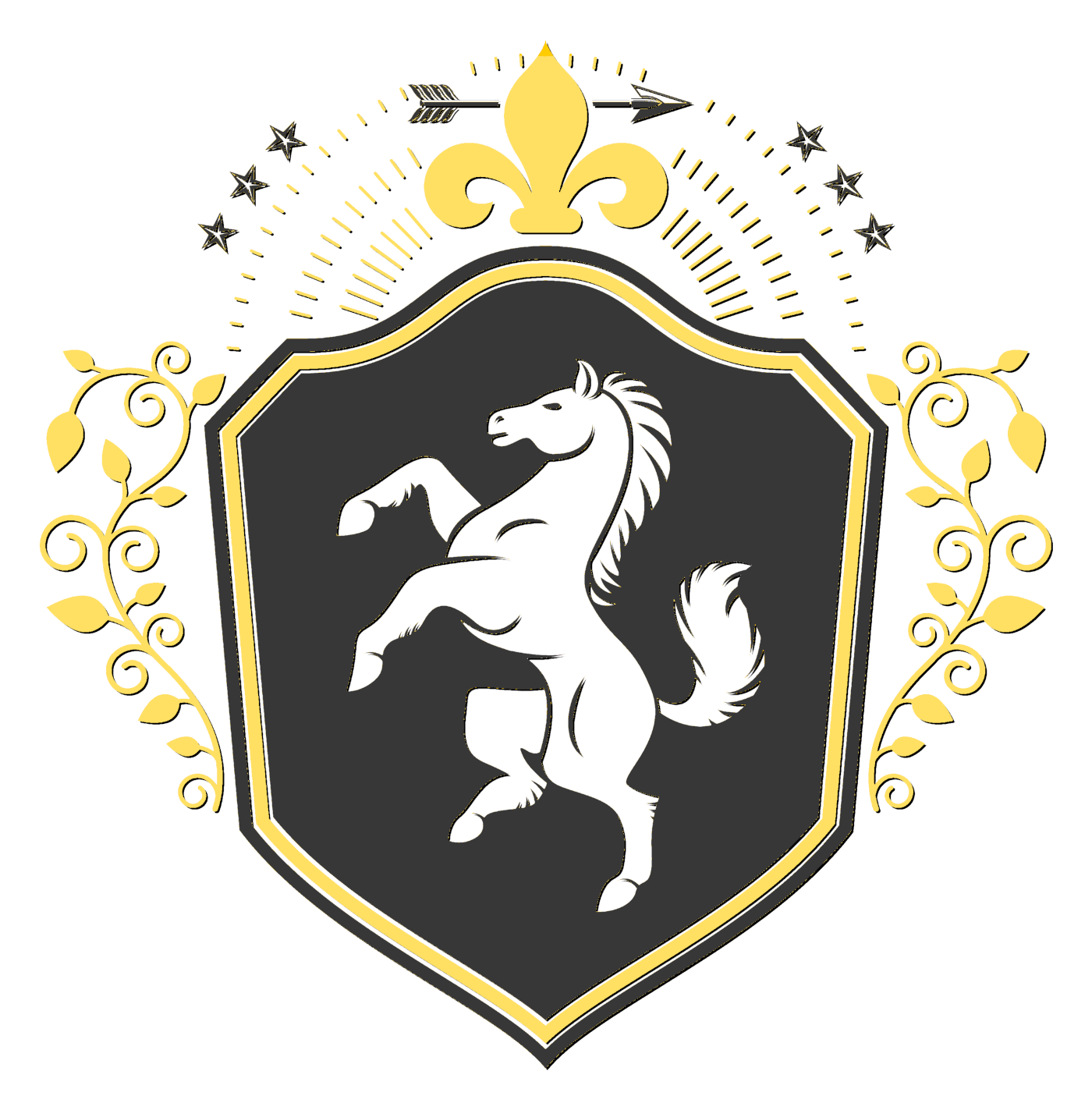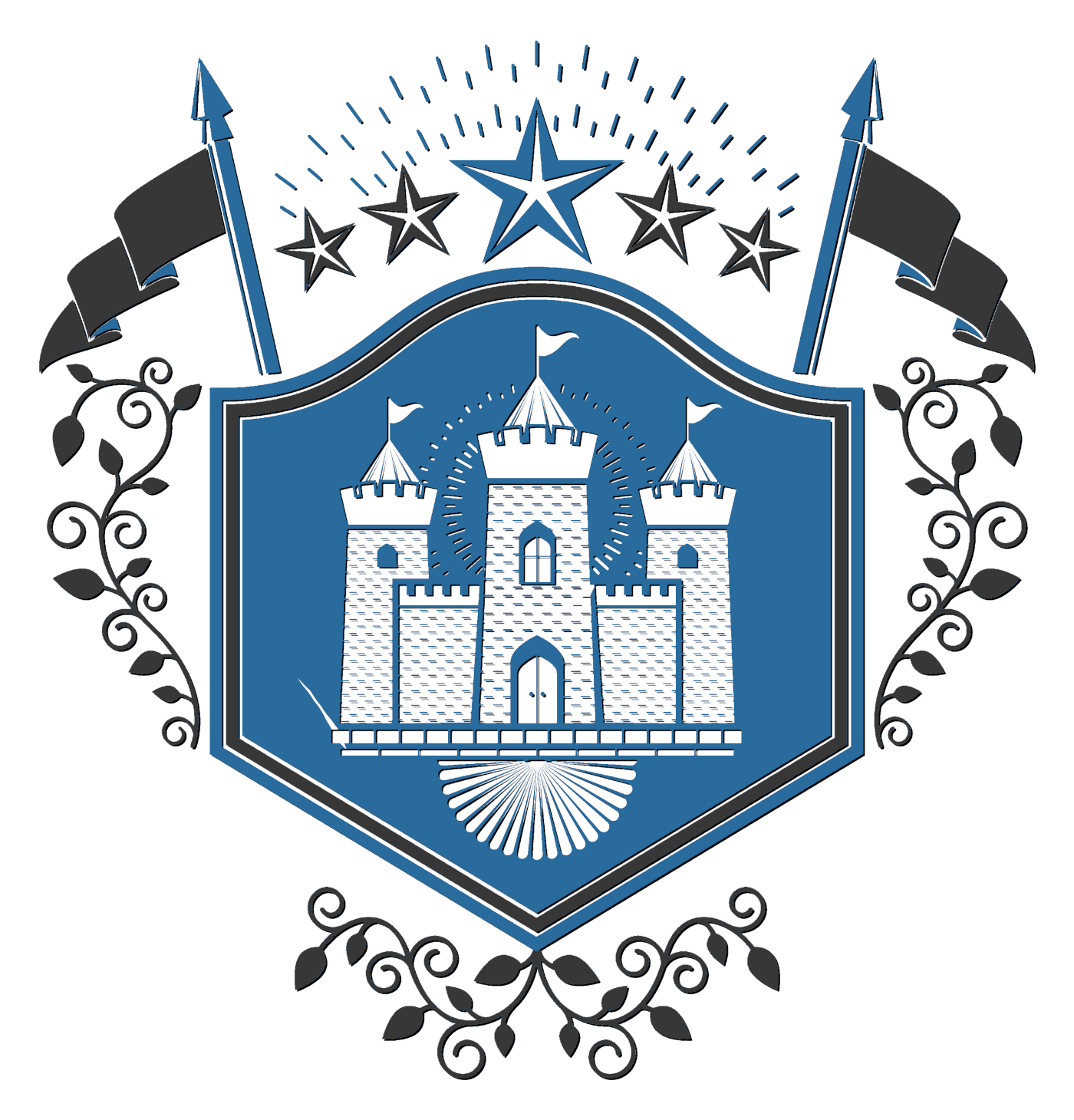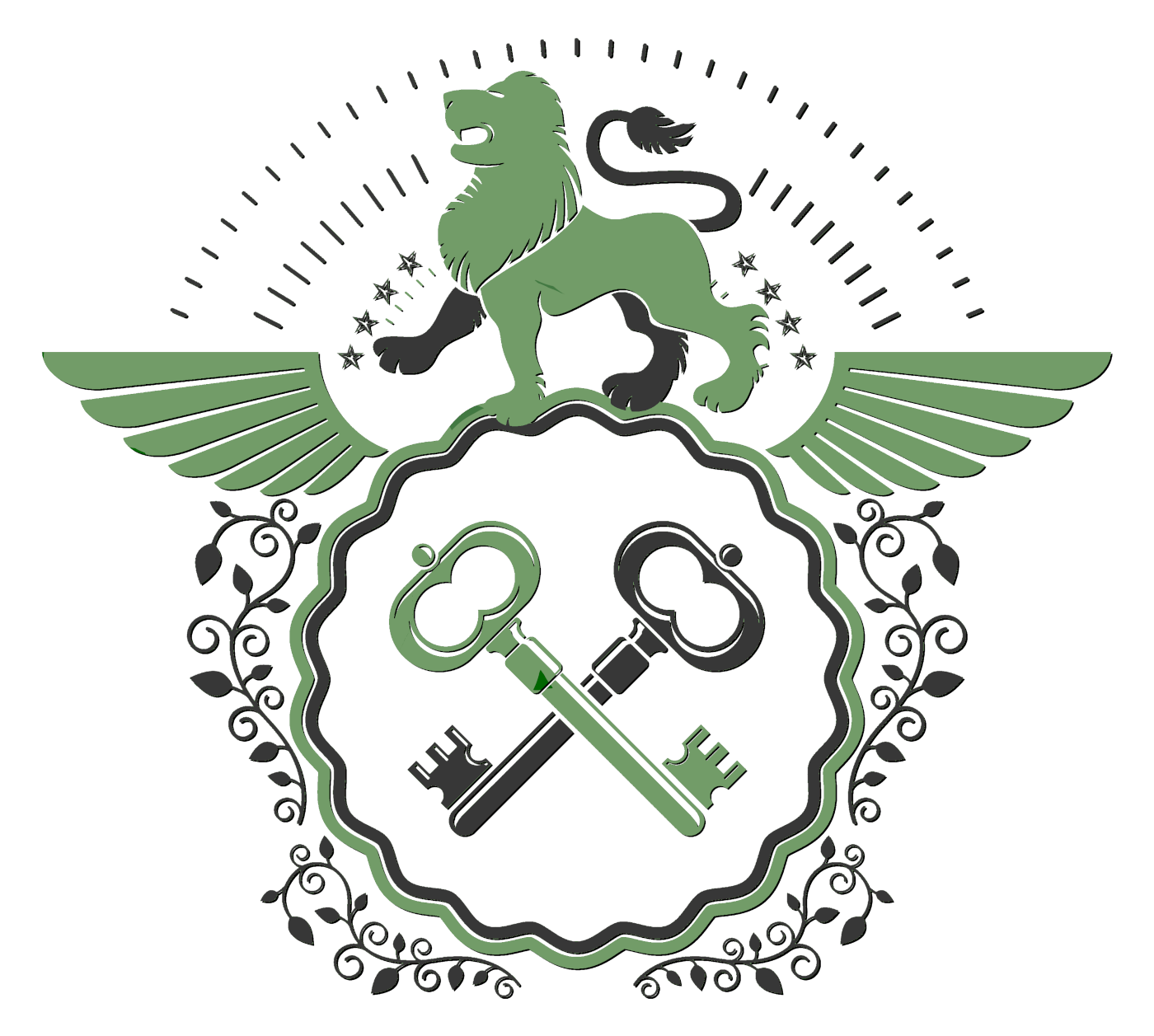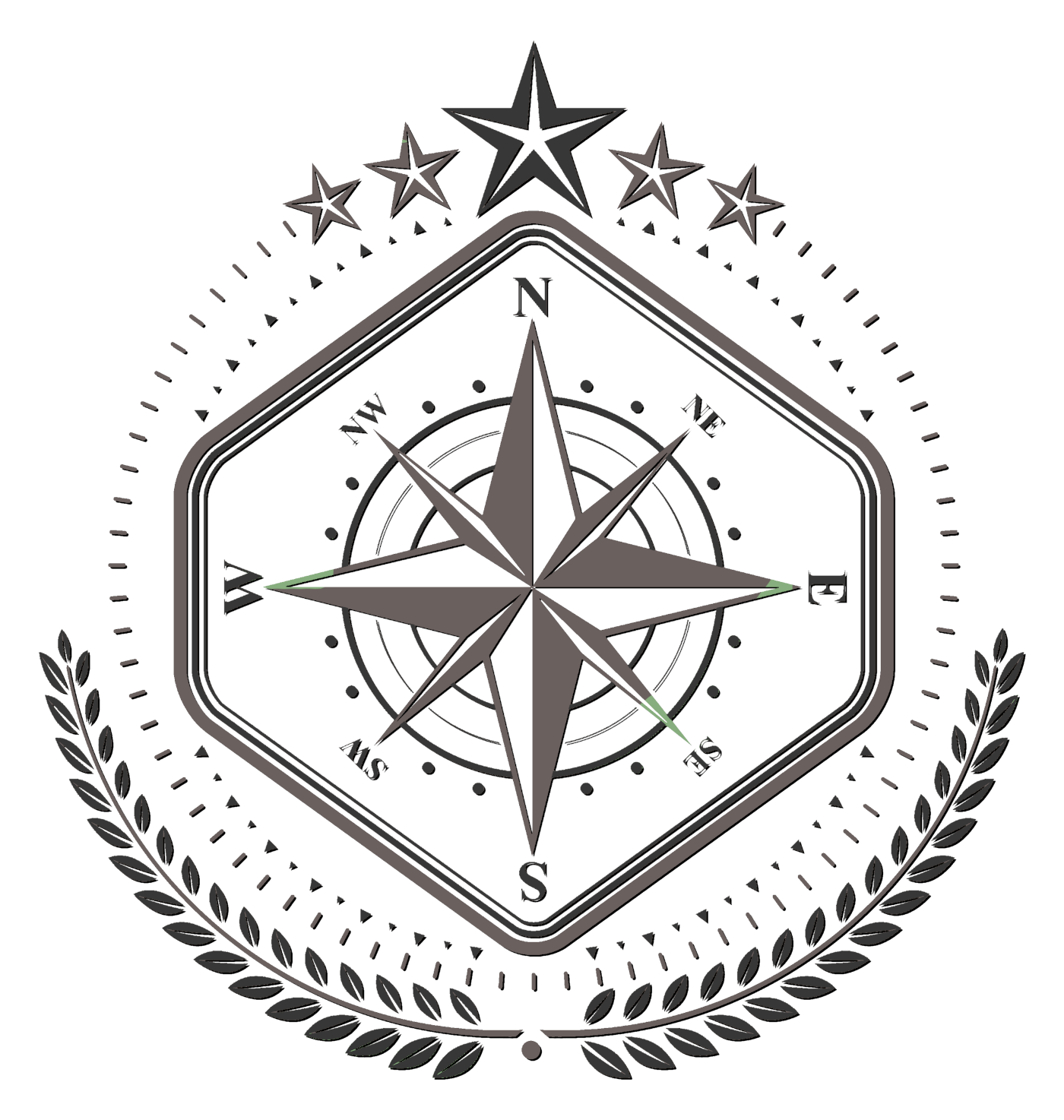This is a topic I have struggled with for a long time. I'm not really sure where to turn in this area. I'm very torn. One of my stories for a long time has been leaning in the direction of an allegory. Others do not. I feel hesitancy when writing either.
On one hand, a story without God can be very misleading, even when told from a very Christian point of view. (Though, I wouldn't say it's always the case.) I agree with a lot that's been said on this point. For example: A secular person is browsing the bookstore. She picks up the book, reads it. If God isn't present, and she's coming from a very secular view, she might think 'See! I
can be good all by myself!'
No, no, no, no, no.
Another example is brought about in the movie "Time Changer." Basically it's what society looks like when one takes Christian values and takes out God. People say "you have to act this way." Another person says, "Says who?"
Yes. We all have God's word written on our hearts. But we have the remarkable ability to be able to ignore it. If we didn't, Adam and Eve wouldn't have sinned, and there would have been no need for Christ's coming to die on the cross.
And then there's this. Can I really glorify God in a book that doesn't include God? How would one even
define 'include?'
ON THE OTHER HAND.
Writing a secular book with good morals can be a. Very. Good. Influence. Especially with the kind of junk there is out there now on the shelves. I know of several people who won't touch the Christian section of a bookstore with a ten foot pole. And if there's no clean, secular stuff out there, people are being
bombarded with ungodly and sinful materiel, influences, and worldviews. It can often times be a starting point, or a first step.
And also, there's the story of the Prodigal Son. Is God even mentioned? No. The Father is obviously a representation of God the Father. It is a beautiful painting of the relationship between God and his Children. The Bible uses representations and paintings of these things all the time. (But, the story of the Prodigal Son is in the Bible. Thus, it is obviously Biblical. Will our stories be so obvious?)
Then, there's another point. If I'm taking God into another world, with it's own 'version' of Christianity, then I'm basically painting God into my own picture. I may be doing my very best to do it right. I may be putting many hours of research to make sure I don't get something wrong.
But I'm still doing it. And being human, even if I spend hundreds of hours on the subject, I still won't get the perfect allegory. I may not even be able to detect what I got wrong. But I will get something wrong.
I'm human. Being human, I'm sinful. Something so sinful cannot accurately portray Someone so Perfect, Holy, Awesome, Amazing...I just can't. Which is probably where my conscience troubles me the most. I get very cautious when dealing with this. Painting a false portrait of God, in my mind, is a dangerous place to stand.
Sorry if this post creates more questions then answers.

I'm just describing what I've been battling with in my mind for such a long time.
If I had to research a conclusion now, I'd probably say it really depends on who you're writing for. And then pray. Read your Bible. Do your homework. Pray some more. And listen for the answer.
Neil of Erk wrote:
In a picture of a bridge, the bridge is there. (The picture being a representation, the bridge being the real thing.)
I like that description. I also thought of it this way.

The bridge is your foundation. (God.) You are standing on the bridge, and you have a camera. You take a picture of the surrounding landscape, and you end up with an image that portrays the landscape from the view, or worldview, of the bridge. But you can't see the bridge in the actual image, but it can be made obvious that you were standing on a bridge while taking the picture. Though not physically there, it's still very much there.
Sorry for the long post. Cookies for anyone who read it all.
(Warning: Cookies are made by RedWing. All cookies, therefore, may not be edible.)
Moderator's Note: Italicized slash-enclosed words for easier readability.




